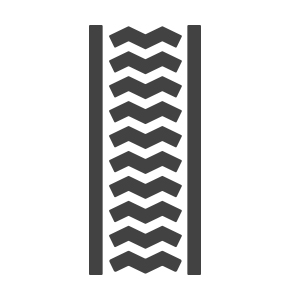Questions related to the installation of your geothermal system
We get questions on a daily basis regarding the installation of geothermal systems. As a result, we’ve decided to assemble all these questions in one place in order to answer them.
 Can a geothermal system be installed in an existing residence?
Can a geothermal system be installed in an existing residence?
It is possible to install a geothermal system in an existing residence without encountering any problems. The job will be easier and less expensive if your home already has a network of air ducts or radiators.
 How long does a residential installation take?
How long does a residential installation take?
Many factors, such as the nature of the soil and the length and depth of the pipes affect the process, but the installation of a residential geothermal system typically takes about two days.
 At what depth should the horizontal distribution piping be buried?
At what depth should the horizontal distribution piping be buried?
The minimum standard is six feet for the underground loops. However, since thermal stability is proportional to depth, it’s best to bury to horizontal distribution piping as deeply as possible. If the ground does not allow for the minimum depth, insulation needs to be installed near the surface. As for the drilling depth, there is no rule. It varies most often between 150 and 200 feet per ton of heating required.
 Will my geothermal system last a long time?
Will my geothermal system last a long time?
The underground circuit of your geothermal system can easily function for over fifty years. The geothermal heat pump has a lifespan of about twenty years.
 Will the installation work ruin my landscaping?
Will the installation work ruin my landscaping?
The main inconvenience on your property will be dirt and tire tracks. For dirt, it’s possible to use a container to avoid spillage, but for tire tracks, keep in mind that heavy trucks must perform this work. When the Puits Bernier team leaves the work site, they ensure that everything is in order. The excavator will return the ground to its original state.
 My property is not very large, will there be enough space for a geothermal system?
My property is not very large, will there be enough space for a geothermal system?
There are some requirements regarding distances between underground utilities (such as sewers, telephone lines, electric cables, gas pipes, water pipes, etc.), but since the system is buried, the lot of an average-sized suburban home usually has enough space to install a geothermal system.
 Can you install a geothermal system during winter?
Can you install a geothermal system during winter?
People often think it’s impossible because the ground is frozen. In reality, only the surface is frozen; not the subsurface. Since the frozen part is only at the surface, with the right equipment, drilling is not a problem. Keep in mind that the best time for drilling is BEFORE building, so do not delay your project based on this misconception. Start your work now!
For any other questions regarding the installation of a geothermal system, please feel free to contact us.




